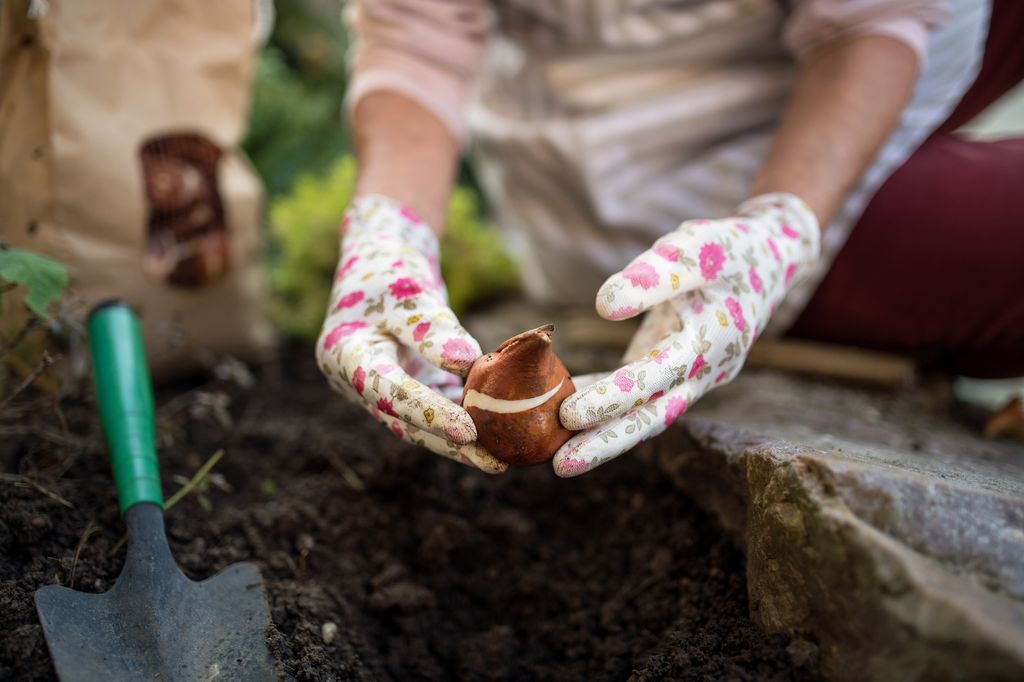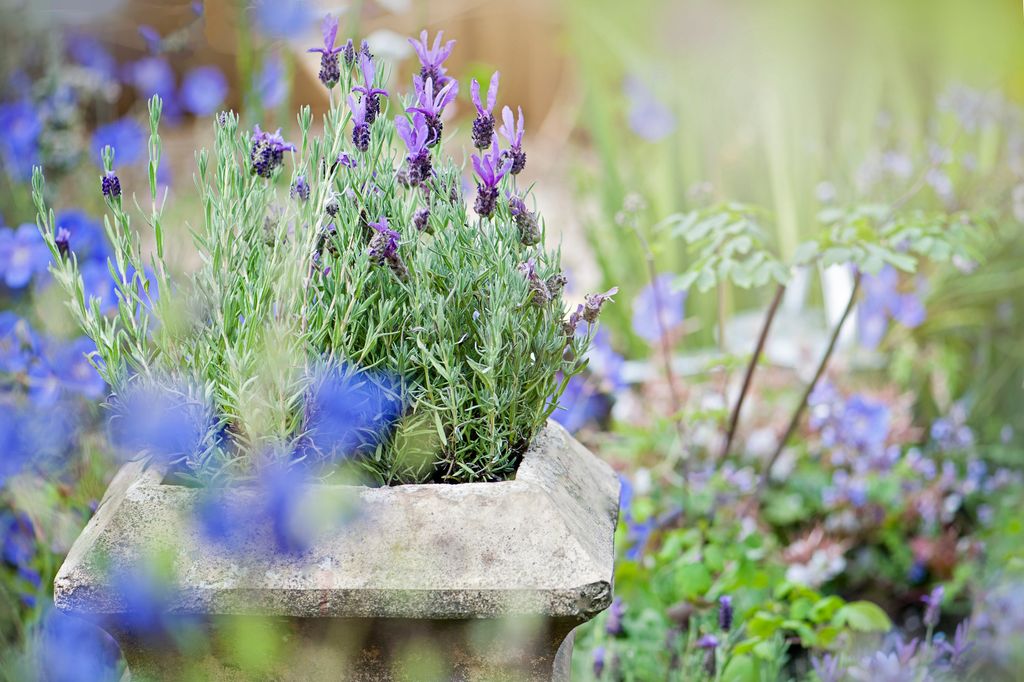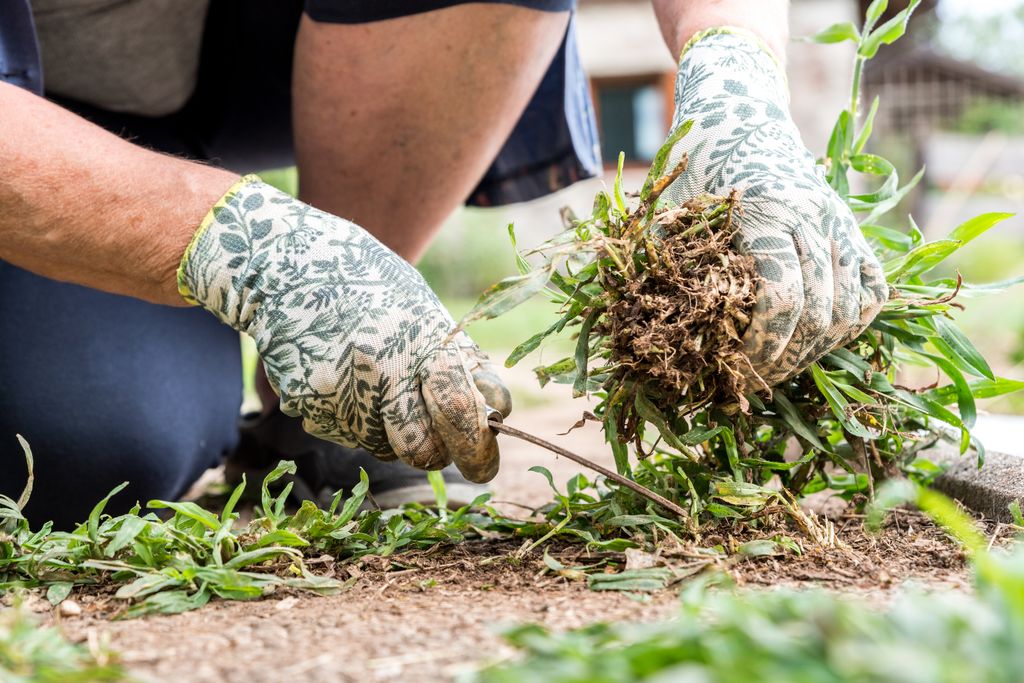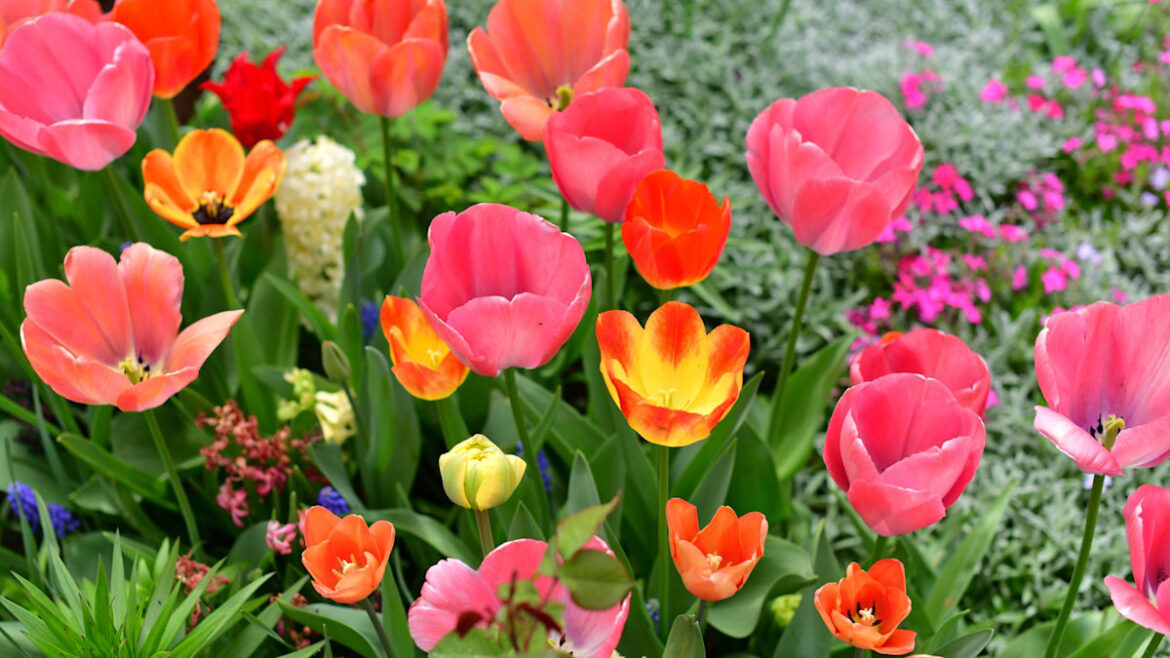As the evenings begin to get darker and there’s a distinct chill in the air, many of us are reluctantly preparing to part ways with our beautiful summer gardens and the vibrant blooms we spent hours tending to.
But while borders may start to look a little bare, August is far from the end of the gardening year. In fact, it’s the ideal time to lay the groundwork for next spring, not only to help your garden thrive through autumn and winter, but to set the stage for a colourful, flourishing display come spring.
To help you make the most of this crucial month, here are seven essential gardening tasks to focus on in August. With a little care and attention now, you can give your garden the best possible start for the coming seasons.
Bulb prep
 © Getty ImagesBulbs should be planted before temperatures get too cold
© Getty ImagesBulbs should be planted before temperatures get too cold
“Plant early spring bulbs while the soil is still warm for strong root growth,” says Martine Davis, founder of the Balcombe Street Window Box Company. She recommends daffodils, crocuses, and hyacinths, which will bloom from early spring, ensuring your vibrant garden comes to life earlier in the season.
Perennial care
 © Getty ImagesPerennials like lavender should burst back to life in spring
© Getty ImagesPerennials like lavender should burst back to life in spring
“Deadhead and lightly prune perennials now to return energy to the roots for the next season,” explains Martine. Doing this now also helps prevent too much self-seeding and keeps your garden looking tidy through the late summer months.
Soil enrichment
 © Getty ImagesAdding compost to your soil can boost soil fertility ahead of spring
© Getty ImagesAdding compost to your soil can boost soil fertility ahead of spring
Martine recommends adding compost or mulch to your soil in August so it breaks down and enriches beds ahead of planting in spring. This natural nourishment boosts soil fertility, giving your plants the best possible start when the growing season begins.
Fertilise your lawn
 © Getty ImagesFactor in lawn care when you’re planning your autumn maintenance in August
© Getty ImagesFactor in lawn care when you’re planning your autumn maintenance in August
Chrissie Handley, a Lawn Care Specialist at Online Turf, says: “If you want a nice, bright green lawn, then fertilising in both late autumn and early spring with a feed that’s high in nitrogen helps keep your blades green throughout winter and right before the growing season begins again.”
Stagger your bulb planting
 © Getty ImagesSnowdrops can bloom from as early as January
© Getty ImagesSnowdrops can bloom from as early as January
Martine suggests mixing early and late-flowering bulbs to extend the bloom time of your garden and keep your garden’s borders vibrant.
“Snowdrops are usually the very first to appear, followed by crocuses (most commonly in lilac and white). Early and later varieties of daffodils then keep the display going in white and yellow,” she says.
“Tulips come last, with a huge range of colours and forms – from fringed edges to even dramatic black blooms. Hyacinths are also lovely for fragrance and rich shades.”
Stay on top of maintenance
 © Getty ImagesEarly prep can help your spring blooms flourish sooner
© Getty ImagesEarly prep can help your spring blooms flourish sooner
A little prep in the colder months can make a world of difference in spring.
“Keep on top of general autumn and winter maintenance like clearing, aerating, and weed control,” says Chrissie. “Most of the work you will need to do to keep your garden healthy and ready for spring is on the other side of winter, but by preparing early, you’ll have flowers ready to go in as early as March if the climate’s right for it.”
Consider your furry friends
 © Getty ImagesDogs can be (cute) menaces to your floral displays
© Getty ImagesDogs can be (cute) menaces to your floral displays
While we love our pets, they’re not always conducive to flourishing gardens. If you can, Martine recommends combining real planting with areas of good-quality fake grass.
“It’s a safer, cleaner play space for dogs, and offers the visual softness of a lawn, as opposed to decking or tiles”, she says. This way, you can create a beautiful, low-maintenance garden that keeps both your pets happy and your plants protected.


Comments are closed.